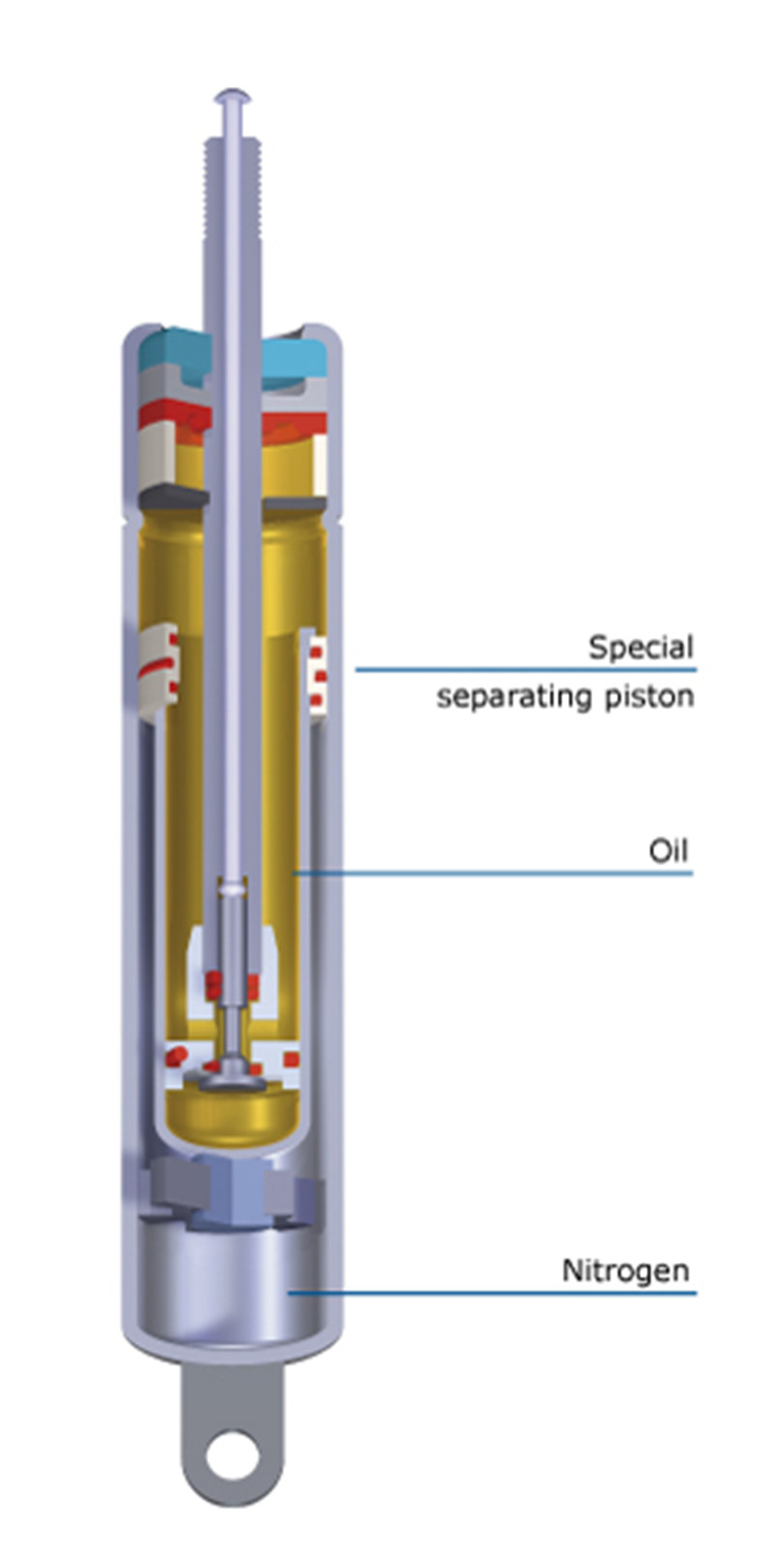Function
 The very flat characteristic curve provides virtually even force assist over the entire stroke. This makes it easy to adjust the table top, regardless of its weight, without the table losing stability or strength. This gas spring can be installed in any orientation. The lock can be released optionally by hand or foot lever allowing the table height to be adjusted fast and easily.
The very flat characteristic curve provides virtually even force assist over the entire stroke. This makes it easy to adjust the table top, regardless of its weight, without the table losing stability or strength. This gas spring can be installed in any orientation. The lock can be released optionally by hand or foot lever allowing the table height to be adjusted fast and easily.